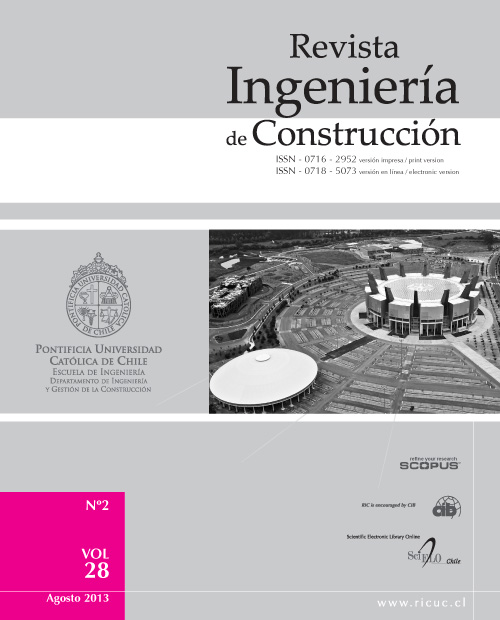Influence of the addition of 2% calcium carbonate during the manufacturing process of red ceramic brick: drying and firing stage
DOI:
https://doi.org/10.4067/S0718-50732013000200001Keywords:
Firing, drying, energy efficiency, fluxes, red ceramic bricksAbstract
The work studies the influence of the addition of 2% calcium carbonate during the drying stage and the efficiency of the firing stage during the manufacturing process of red ceramic bricks. The study was conducted in a factory producing hollow bricks with an installed capacity of 65,000 bricks per burning. Results from the study showed that the addition of 2% CaCO3 to the clay paste reduces the drying time by 35% compared with bricks made without addition, and causes a 27% reduction of the fuel consumption in relation to previous burnings without the addition of this flux, due to the reduction of the firing time in the ovens.


